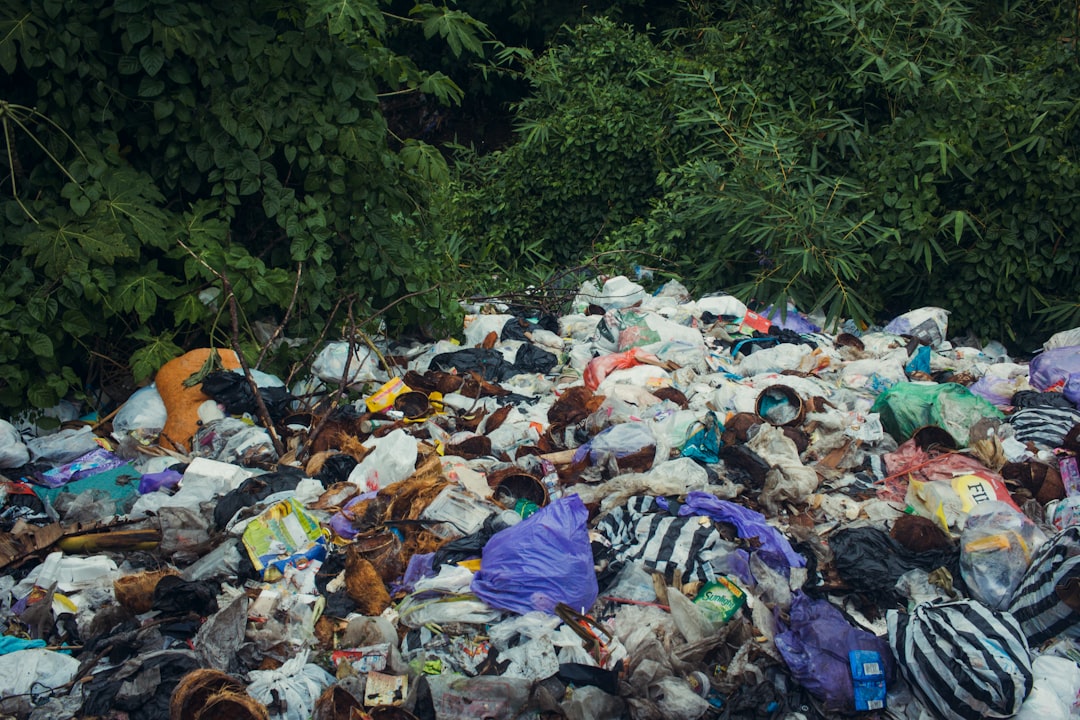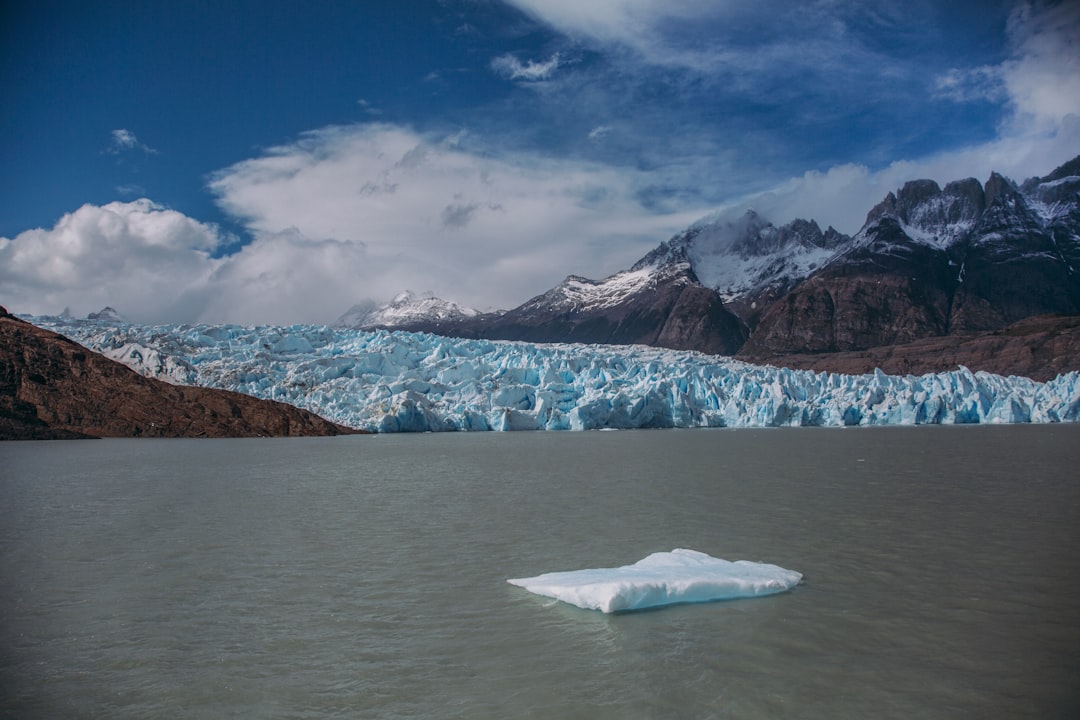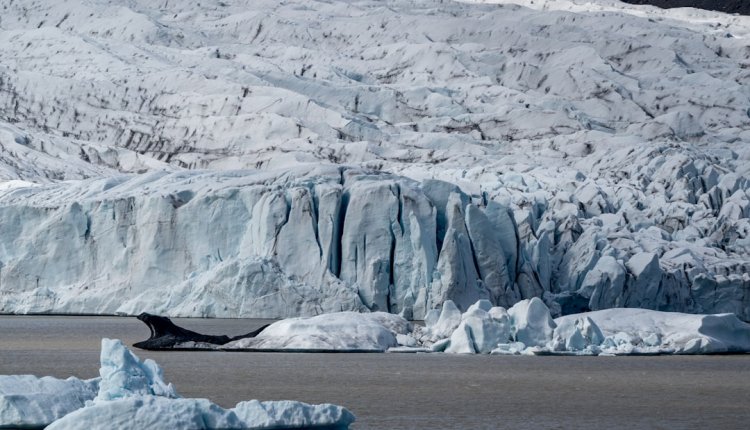Complete Guide for Beginners: How to Create an Environment Video
In the era of climate change awareness and eco-conscious living, creating environment-themed videos is a powerful way to raise awareness, educate, and inspire action. Whether you’re an aspiring content creator, a student working on a multimedia project, or just passionate about the planet, learning how to make an effective environment video is a rewarding skill. In this guide, we’ll walk you through the entire process – from conceptualization to publication – so you can bring your green vision to life.
1. Define Your Message and Purpose
Before you record a single frame, it’s crucial to understand why you’re making the video. What issue or aspect of the environment are you focusing on? Some topics to consider include:
- Climate change and global warming
- Deforestation and reforestation
- Waste management and recycling
- Wildlife conservation
- Ocean pollution
Tip: Keep your message focused. Trying to cover too many topics can dilute the impact of your video.
2. Choose Your Format
Different messages require different delivery styles. Common formats for environment videos include:
- Documentary-style: Great for in-depth storytelling
- Explainer video: Ideal for breaking down complex topics in a simple way
- Vlog: Personal and engaging, good for showing real-time actions like cleanups
- Animation: Perfect for educational content and younger audiences
Think of your target audience and customize the style to best suit their preferences and understanding.
3. Write a Script or Outline
Even if your video is only a couple of minutes long, having a solid script or outline is essential. This step helps you stay organized and ensures your key points are communicated clearly.
Your script should include the following:
- Introduction: Hook the audience with a statistic or emotional appeal.
- Problem Explanation: Detail the issue with facts and visuals.
- Solutions: Offer hope and actions viewers can take.
- Call to Action: Motivate your audience with a clear next step.
4. Gather Visuals
Environment videos rely on compelling visuals to tell the story. Use a mix of original footage, stock video, images, and animations.
Here are sources where you can find visuals:
- Record video using your smartphone or camera in natural settings
- Use free stock sites like Pexels or Unsplash for environmental imagery
- Screen record data explanations using tools like Loom or OBS
Make sure you have good lighting and stable footage for high-quality content. Use a tripod when filming and record during golden hours (sunrise or sunset) for a natural glow.

5. Editing and Voiceover
Editing is where your video comes to life. Use user-friendly editors like:
- iMovie for Apple users
- Shotcut for cross-platform compatibility
- CapCut for mobile devices
Add transitions, overlay text, incorporate background music, and most importantly, add your voiceover. An effective voiceover makes the video more personal and engaging. Record in a quiet space with a decent microphone for clarity.
6. Add Captions and Subtitles
Accessibility should never be an afterthought. Subtitles allow people with hearing impairments to understand your content, and captions make it easier for people to watch in silent environments such as public transport or school.
Use tools such as CapCut, YouTube Studio, or Rev to generate captions easily.
7. Publish and Share
Now that your video is ready, where should it go? Here are popular platforms for sharing environment videos:
- YouTube: Ideal for long-form videos and reaching global audiences
- Instagram & TikTok: Perfect for short, eye-catching clips
- Facebook: Great for community outreach and older demographics
- Blog or website: Embed your video in relevant articles
Craft an engaging caption and use appropriate hashtags like #SaveThePlanet, #ClimateAction, or #EcoFriendly to increase reach.

8. Engage Your Audience
Don’t just post and forget. Encourage viewers to comment, ask questions, and share the video. Respond to comments and build a community around environmental awareness. Consider following up with more videos like success stories or how-to guides.
Final Thoughts
Creating an environment video may seem daunting at first, but with a clear message and a bit of creativity, anyone can produce content that educates and inspires. Remember, quality content comes from passion and persistence. Your voice can contribute to global environmental change—one view at a time.
So grab that camera, start scripting, and let the planet be your muse!

Comments are closed.